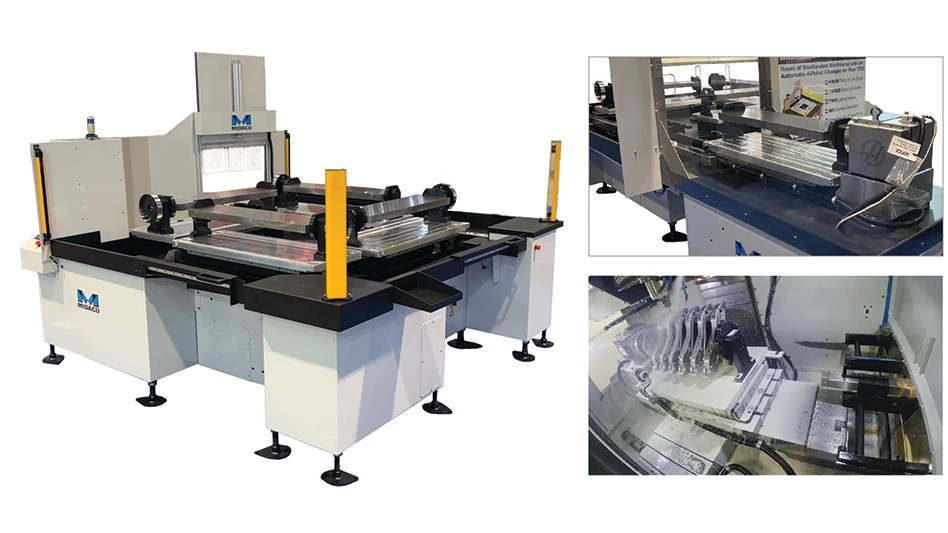
Aviation mechanics are forecast to be in short supply in the coming years. Between 2018 and 2036, there will likely be a cumulative shortage of 40,613 certified aviation mechanics in the United States, according to a recent study by the University of North Dakota (UND) in collaboration with the Helicopter Association International (HAI) and the Helicopter Foundation International (HFI).
Presented at the recent HAI Heli-Expo in Las Vegas, Nevada, the study states, “Unless there are some fundamental changes in policy, outreach, scholarships, and access to financing, the industry faces largescale deficits in the amount of available and qualified licensed and certificated pilots and mechanics.”
Although the focus was on the helicopter industry, the warning applies to a wider audience in the commercial aircraft and maintenance, repair, and overhaul (MRO) segments.
More than 67% of survey respondents in the study indicated they are experiencing difficulties finding qualified mechanics. More than 60% reported hiring mechanics with less experience than they hired in previous years, and more than 50% said in the next five years, the inability to hire capable mechanics will interfere with their ability to expand.
A graph from the report begins with a gradual decline in aviation mechanics in the U.S., reaching a shortage of 5,000 by 2026. From there, the plot shows a steep decline from 2028, with the mechanic deficit growing from 10,000 to more than 40,000 by 2036.
Boeing, in its recent Pilot & Technician Outlook, predicts the need for 648,000 new commercial airline technicians worldwide from 2017 to 2036. Nearly 40% of this need – 256,000 – will be in the Asia Pacific region – more than North America and Europe combined (229,000).
It will be difficult enough to train homegrown technicians, but the UND/HAI/HFI study points out another potential problem. Given China’s announced intentions to grow its civil aviation capabilities, the study states, “There will likely be a corresponding need for expat pilots and mechanics from other countries.”
The study’s authors cannot quantify the exact number of foreign workers required but note this trend could produce an additional shortage of pilots and mechanics in other countries. This potential talent drain was not considered in the forecast and could make the technician shortage in the U.S. even more acute.
To help mitigate a technician shortage, the study recommends the industry engage in more modern outreach techniques targeting Generation Z – digital natives who live and interact online.
In the U.S., the study proposes policy reform to ease the transition of military mechanics to civilian roles and lessen the liability surrounding aviation mechanics and their work.
The number of MRO scholarships is growing, but there needs to be more, and educational-industry partnerships must expand. Financing training is a topic for another time.
Ignoring the need for qualified technicians jeopardizes the forecast orders of 41,000 new airplanes in the next 18 years. Airlines and lessors won’t invest in aircraft destined to sit on the ground because they lack technicians to keep them flying. – Eric

Explore the April 2018 Issue
Check out more from this issue and find your next story to read.
Latest from Aerospace Manufacturing and Design
- marcus evans Aerospace & Defense Manufacturing and R&D Summit 2024
- How robots and cobots can work for you
- Why expertise in process fluid solutions is key to aerospace manufacturing performance
- Electra.aero to lead sustainable commercial airliner development
- SMW Autoblok's TMS-2G Quick-Change System
- IMTS 2024 Booth Tour: INDEX Corporation
- Inventory traceability and document management
- Oklahoma Aviation Academy breaks ground for new building





